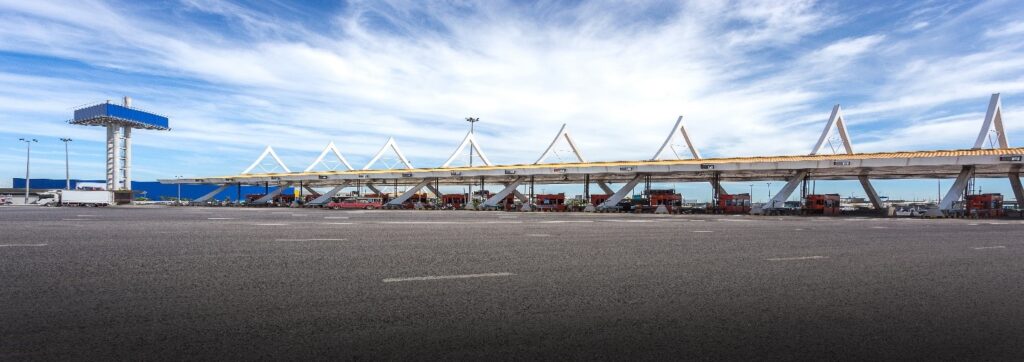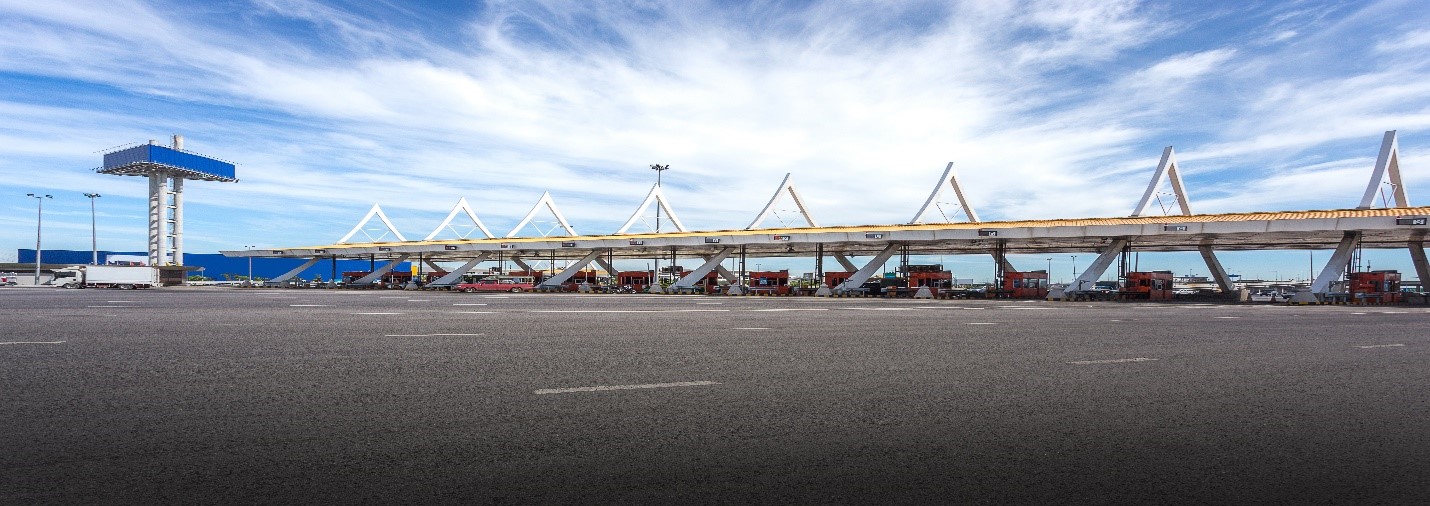CBTS is working with researchers from the Migration Policy Institute (MPI) and the Massachusetts Institute of Technology (MIT) to conduct a roundtable series that will focus on challenges at the southwest border. These roundtables build on findings from a recently concluded CBTS project titled “Borders of the Future,” that assessed how cutting-edge innovations are being used at major international ports to improve the security and efficiency of port operations based on lessons learned from the pandemic and the increased need for greater supply chain transparency.
These roundtables are designed to foster discussions among stakeholders about novel solutions to help shape future research in this area. Capitalizing and building on the project’s findings, the team will focus on key themes of interest to industry and other border stakeholders: 1) Pandemic Readiness, and 2) Supply Chain Transparency, especially as relate to the Southwest Border. As emphasized in the study, these themes are considered essential for shaping the vision of future ports.

Findings from the study
The recently completed study by MPI and MIT is based on interviews with U.S. and foreign government officials, border management experts, trade representatives, and technology specialists (e.g., non-intrusive inspection technologies, artificial intelligence). Field visits to major international ports (Abu Dhabi, Singapore, Australia), key U.S. ports (Los Angeles/Long Beach, Newark, Teterboro), and five southwest border Port of Entries (San Isidro, El Paso, Laredo, McAllen, Rio Grande Valley) yielded critical insights into longstanding border management challenges. These challenges require innovative solutions in the face of evolving threats and technology. The study also revealed the impact of the COVID-19 pandemic on existing bottlenecks and other latent vulnerabilities in operations at major ports. The context for these interviews was enhanced by the team’s extensive review for this study of academic, governmental, and international literature, encompassing hundreds of publications and reports.
The report focuses on the next 10–15-year timeframe, balancing strategic vision with predictability in border management. It proposes a vision that significantly differs from Customs and Border Patrol’s current strategy and includes intermediate steps for implementation, such as short-, medium-, and long-term measures for cargo management. For further information, the complete report can be found here.

